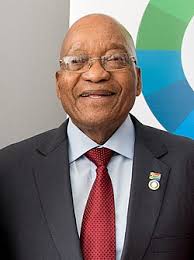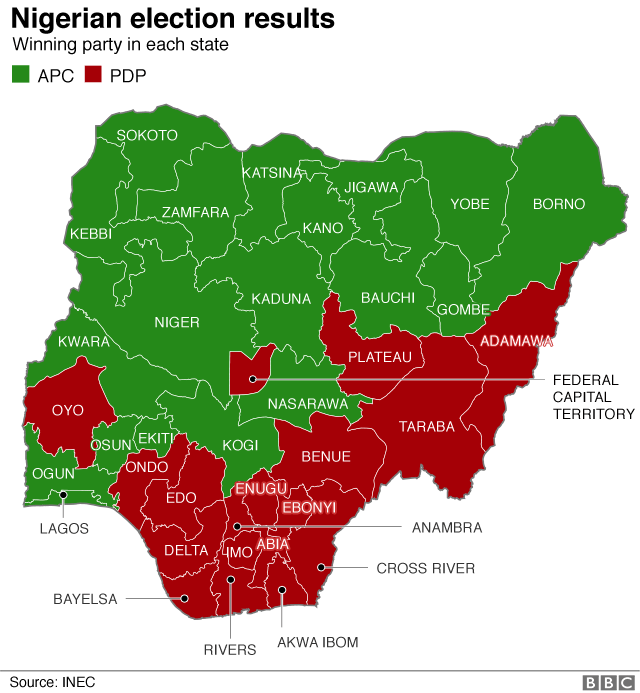Introduction
President Jacob Zuma, a prominent figure in South African politics, served as the country’s president from 2009 until 2018. His presidency is marked by both significant achievements and considerable controversies, making him a pivotal character in the nation’s post-apartheid history. Understanding his impact is essential for comprehending South Africa’s current socio-political landscape.
Key Events and Policies
Zuma ascended to the presidency after a long career in the African National Congress (ANC), where he held various leadership positions. His administration focused on several key areas: economic growth, infrastructure development, and social equity. Notably, the introduction of the National Development Plan aimed to alleviate poverty and reduce inequality.
However, his presidency was marred by scandals and allegations of corruption, most famously encapsulated in the Gupta scandal, which involved close associates reportedly influencing government appointments and contracts. This controversy led to widespread protests and calls for his resignation, accentuating divisions within the ANC and the public.
Legal Challenges and Resignation
In 2016, the Constitutional Court ruled that Zuma had violated the constitution regarding the misuse of state funds meant for his personal residence, Nkandla. This ruling not only impinged on his presidency but also fueled the opposition’s narrative against him.
After years of mounting pressure, Zuma eventually resigned in February 2018, paving the way for Cyril Ramaphosa’s leadership. His exit signified a critical turning point for the ANC and its strategy moving forward, as the party sought to rebuild trust and credibility among South African citizens.
Conclusion
The legacy of President Jacob Zuma is complex and multifaceted. While he made strides toward economic initiatives and social programs, the accompanying political strife and corruption allegations have left a lasting impact on South African politics. Looking ahead, the lessons from Zuma’s presidency remain relevant as the country grapples with ongoing issues of governance and accountability. His chapter in South Africa’s history serves as a reminder of the intricate dance between power, policy, and public perception.


